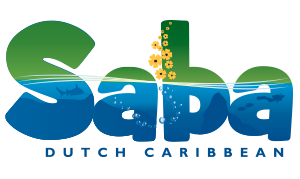As more regions and countries develop their tourism industry, it produces significant impacts on natural resources, consumption patterns, pollution, and social systems. Over the years, Saba has explored various ways to become a more sustainable destination. From goals to make 100% of the electricity generated by renewables, to projects to restore the health on the coral reefs. Below are some more examples of Saba’s sustainability efforts.
Efforts
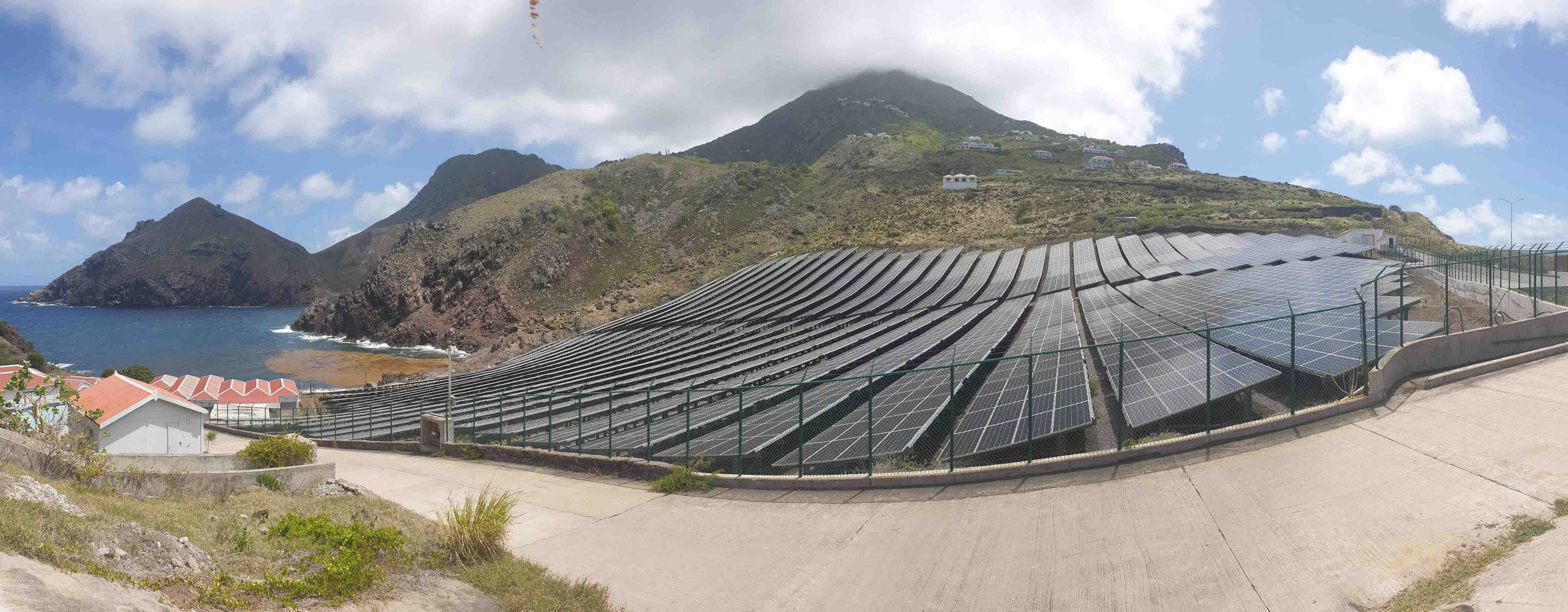
Solar Park/Renewable Energy
The entire island of Saba is powered by solar energy from 2 solar parks and battery storage. The solar park produces between 35 to 40 percent of the total production. On a day with optimal sun the island is completely powered by solar and battery power between 8 am and 5 pm. The power from 5 pm until 8 am is produced by conventional diesel generation. When the island is being supplied energy from the solar panels, the diesel generators are not being used, thus reducing fuel usage. For more information visit: https://www.powerupsaba.com/solarparks
The Public Entity Saba, with the help of the Dutch minister for Climate and Energy, will be working with the local utility company (Saba Electric Company) to execute existing plans for renewable energy.

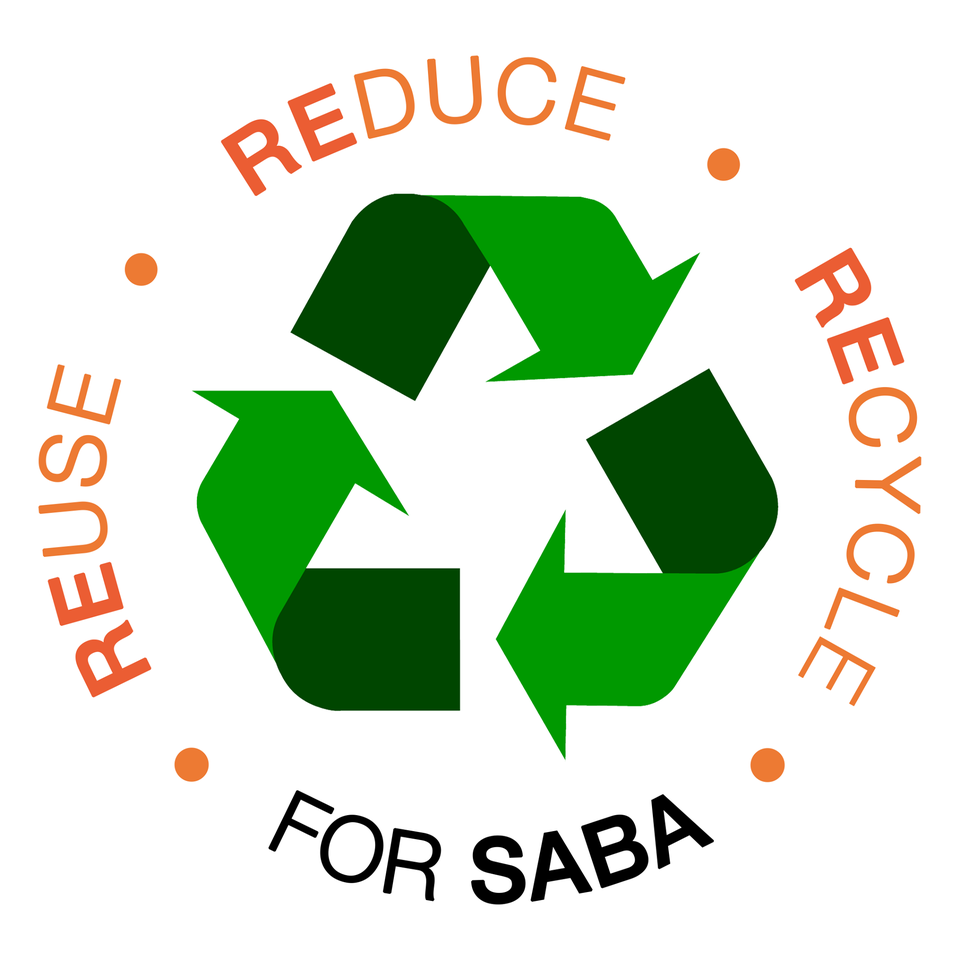
Recycling Bins
Residents of Saba and businesses have 2 different types of garbage bins an orange and a black. The orange garbage bins are used for materials that can be recycled such as glass, plastic, cardboard, and metals in an effort to protect Saba’s natural resources for many generations to come.
Saba has exported more than 1 million US pounds in recyclables in 12 months, from March 2021 until March 2022. The recyclable materials were exported and handled at a waste management facility in the US.

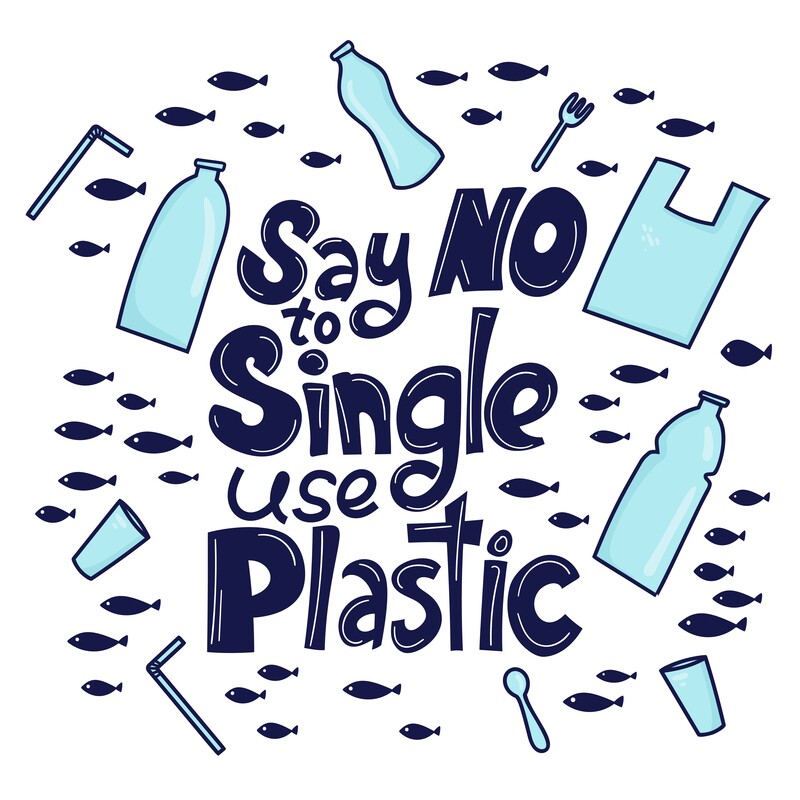
Single use plastics ban
A single use plastic ban went into effect on January 1st, 2021. The ordinance prohibits the use of the following single-use plastic products: carrier bags, food containers, plates, cutlery, straws, stirrers, cotton swabs with plastic rods, fresh produce bags and confetti.
Yearly, island wide clean ups are organized to help keep Saba clean.


Reforestation Project
The Public Entity Saba and the Saba Conservation Foundation, will intensify its reforestation efforts in the coming years with the planting of some 5,000 trees, including a large number of fruit trees.
The aim of the project is to boost the recovery process and expansion of the island’s forested areas. This reduces the land-based pressures of erosion and runoff that impact Saba’s coral reefs. Another goal of the project is to increase local food production by planting fruit trees.
In the coming years, reforestation efforts will strongly intensify, starting with an area assessment of the island to determine the most erosion-prone, vulnerable locations. A draft implementation plan will be made to strengthen soil and vegetation in the erosion prone, vulnerable locations by planting indigenous trees.

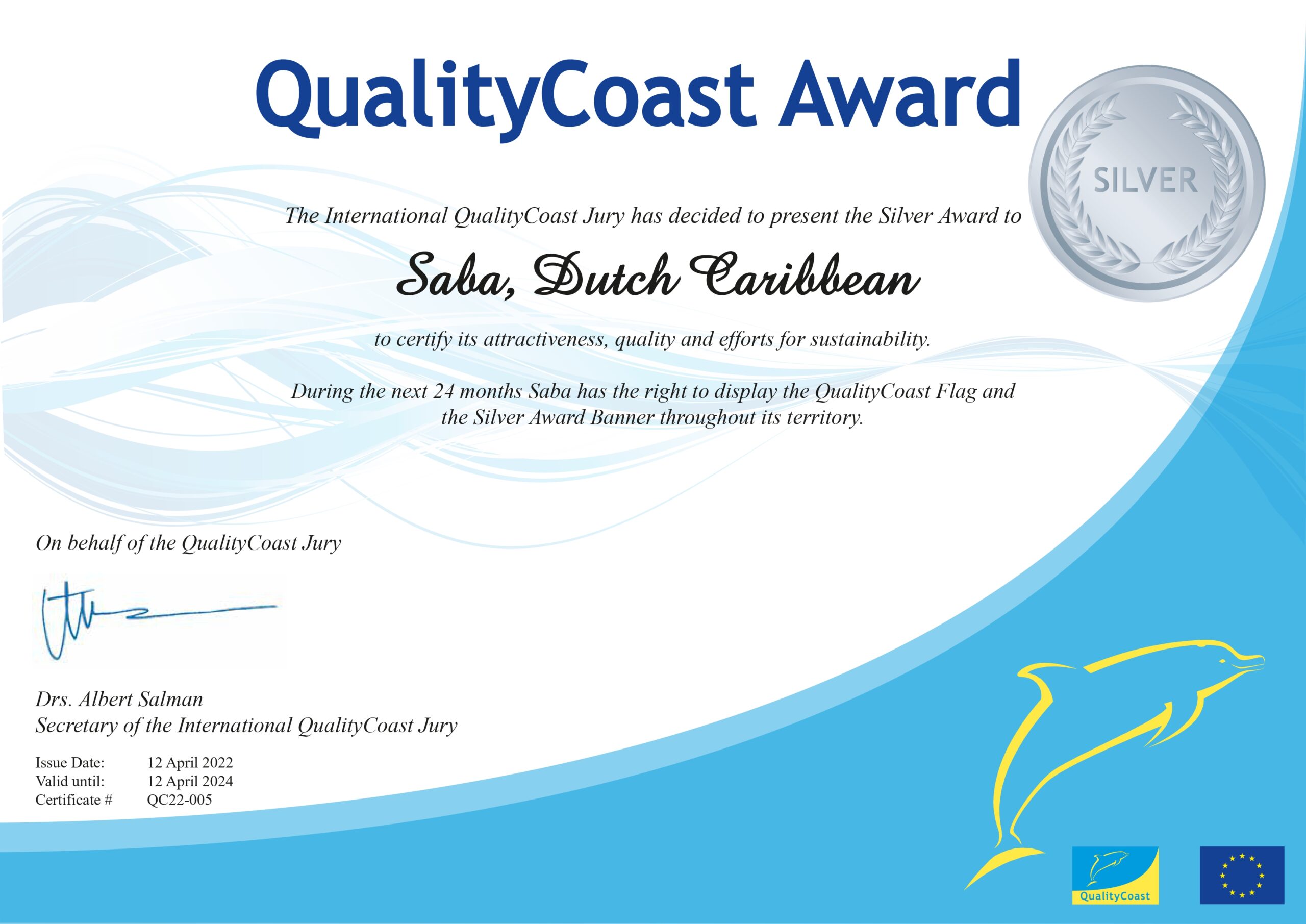
Green Destinations Silver QualityCoast Award
Saba has received the Silver QualityCoast Award indicating excellence in all fields of sustainable destination management such as nature and heritage conservation, waste management, energy and climate.
The award is a recognition for Saba's efforts to sustain its tourism in the future. Tangible aspects are measured, such as natural heritage, but also policy and management plans that take sustainable development principles into account.

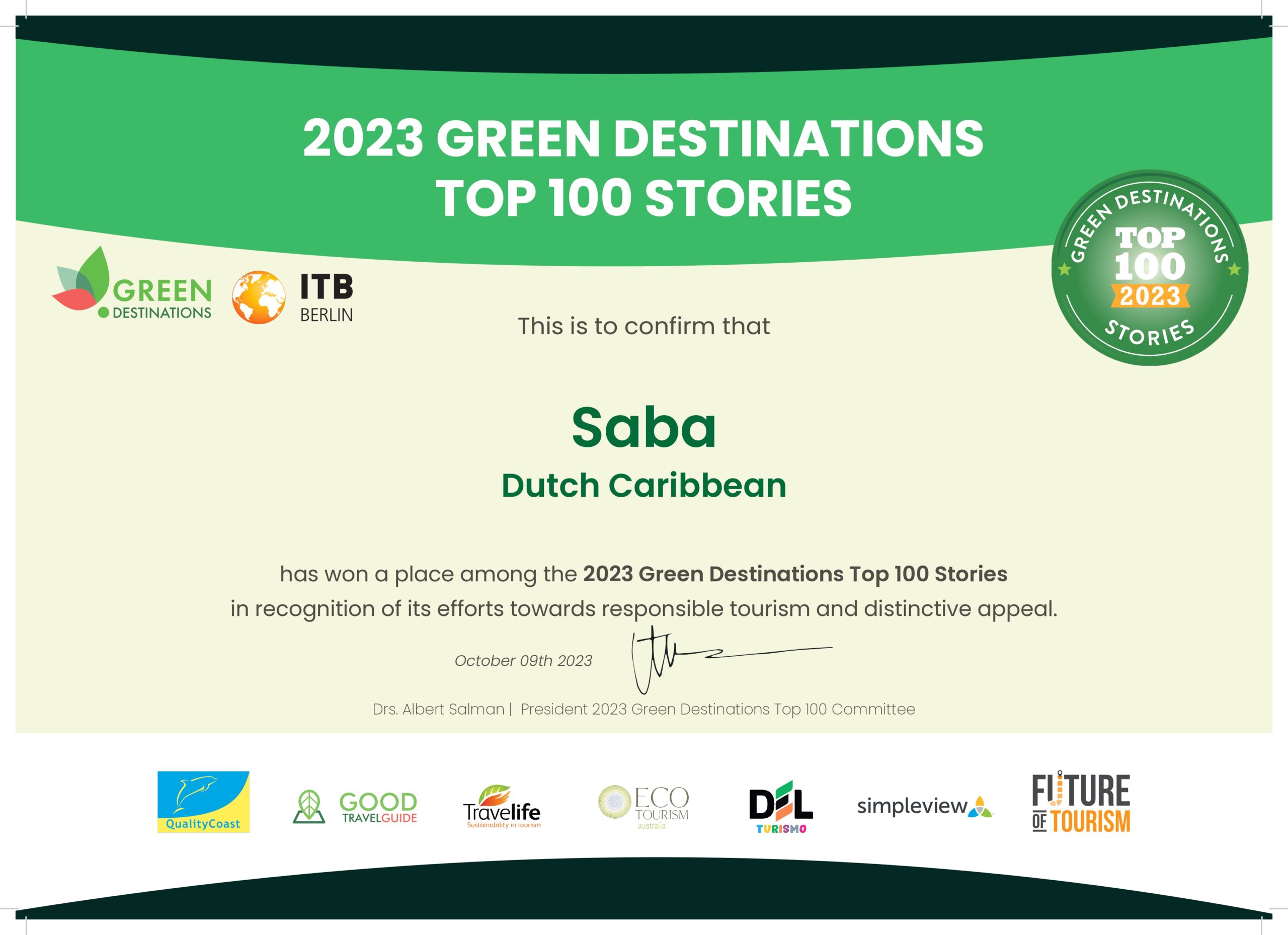
Top 100 Story
In the realm of Green Destinations, Saba has been honored with the prestigious 2023 Top 100 Stories recognition. This distinction specifically highlights our Coral Nursery project, a pioneering endeavor that showcases our dedication to sustainable tourism and the preservation of our unique appeal. (For more details on the Coral Nursery project, please refer to the attached link: https://www.greendestinations.org/saba-dutch-caribbean/).

Products
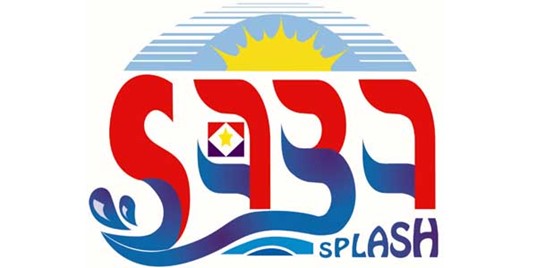
Saba Splash
The Saba Splash water bottling plant was opened in November 2021 helps improve the water quality and quantity for Saba with water that is produced locally and at an affordable price. 5-gallon and 3-gallon water bottles are offered. A deposit must be paid for the bottle which ensures that the bottles are returned for refilling.
The water can also be purchased at the Emporium supermarket in the Bottom and at Big Rock supermarket in Windwardside and also found at various accommodations and businesses.
The water comes up from the reverse osmosis (RO) water plant in Fort Bay, through the pipeline, and goes into a large cistern. From there, the water comes into the building where it first goes through an eco-friendly active carbon filter, then through RO filters, an ultra-violet (UV) light to kill all possible
bacteria. At that stage, magnesium and calcium are added. It is more affordable than imported water, it is of high quality, sustainable and helps to reduce the amount of single-use plastic.

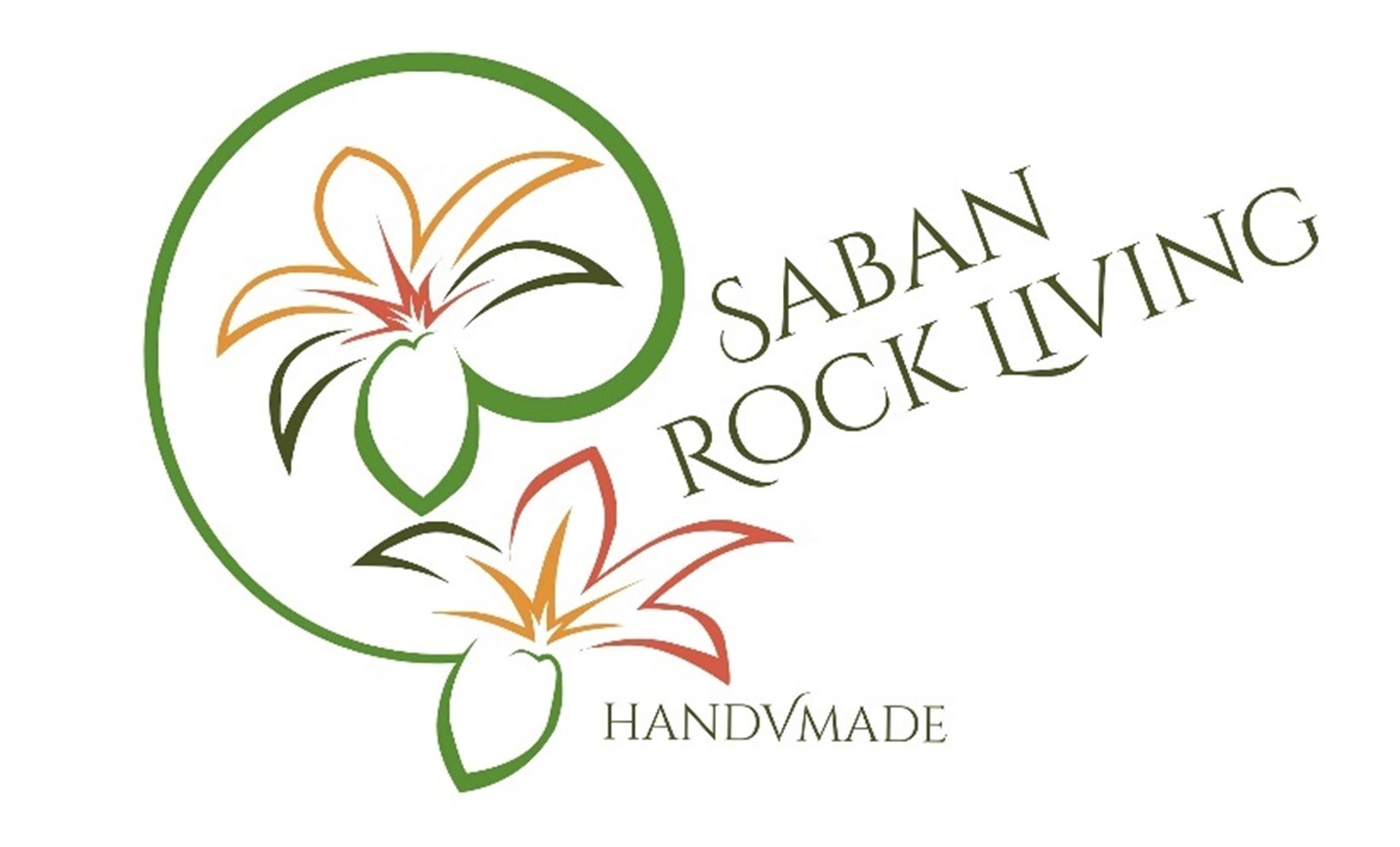
Saban Rock Living
Saban Rock Living creates handmade Saban exclusive well-being products infused with natural Saban ingredients, inspiration, and nature.
All products are handmade in small batches to ensure the highest quality of ingredients. They use as many local and locally grown ingredients as possible as well as re-introduce Saban folk remedies and recipes in the products.
Reducing, Re-using, and recycling of materials found on Saba and by-materials such as packaging (glass, Heineken bottles, paper, biodegradable plastic etc) is a priority to keep the environmental footprint as small as possible. All other used by-products are recyclable and biodegradable.

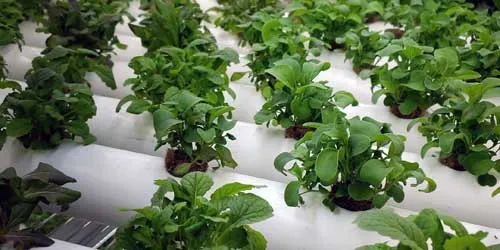
Saba Hydroponics Farm
The hydroponics farm at Saba’s Rendez-Vous uses a lot less water to grow fresh produce compared to conventional farming. This way, Saba contributes to making use of water in a sustainable manner.
The Hydroponics farm has been operational since December 2023, starting with the production of lettuce and microgreens, and soon to supply tomatoes, cucumbers, and other crops. With this initiative, the island will become less dependent on imports and will be able to provide high-quality healthy products at an affordable price.

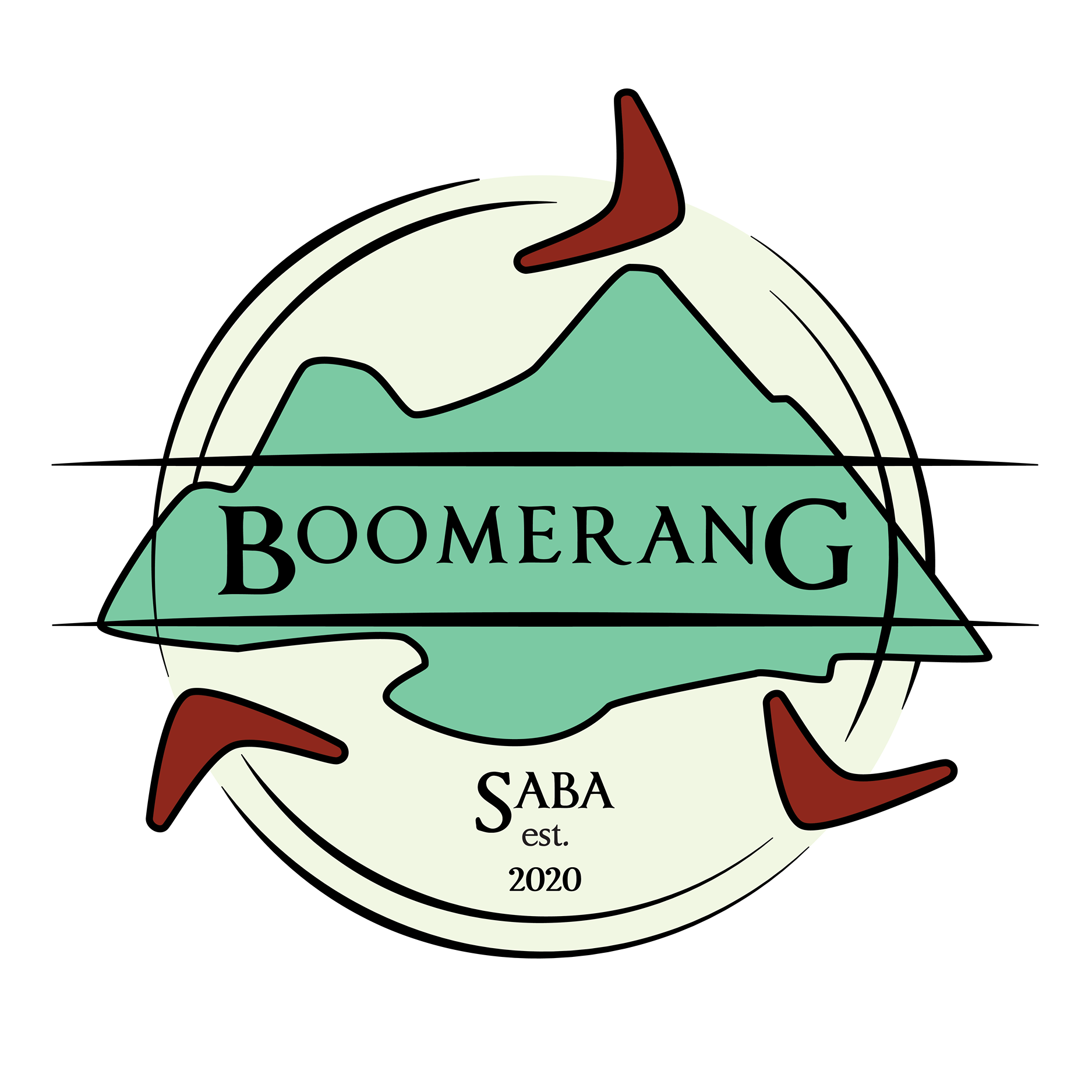
Boomerang Saba
Saba's first second hand and recycle shop in Windwardside. Boomerangs aim is to reduce the waste of perfectly good items that just need a bit of TLC and can be re-loved! Boomerang can be contacted before items are thrown away and will collect them.
They also accept items on consignment. Items they can collect are:
Furniture, Building Material, Clothing, Hardware, Household Goods, Tools.

Ocean Conservation
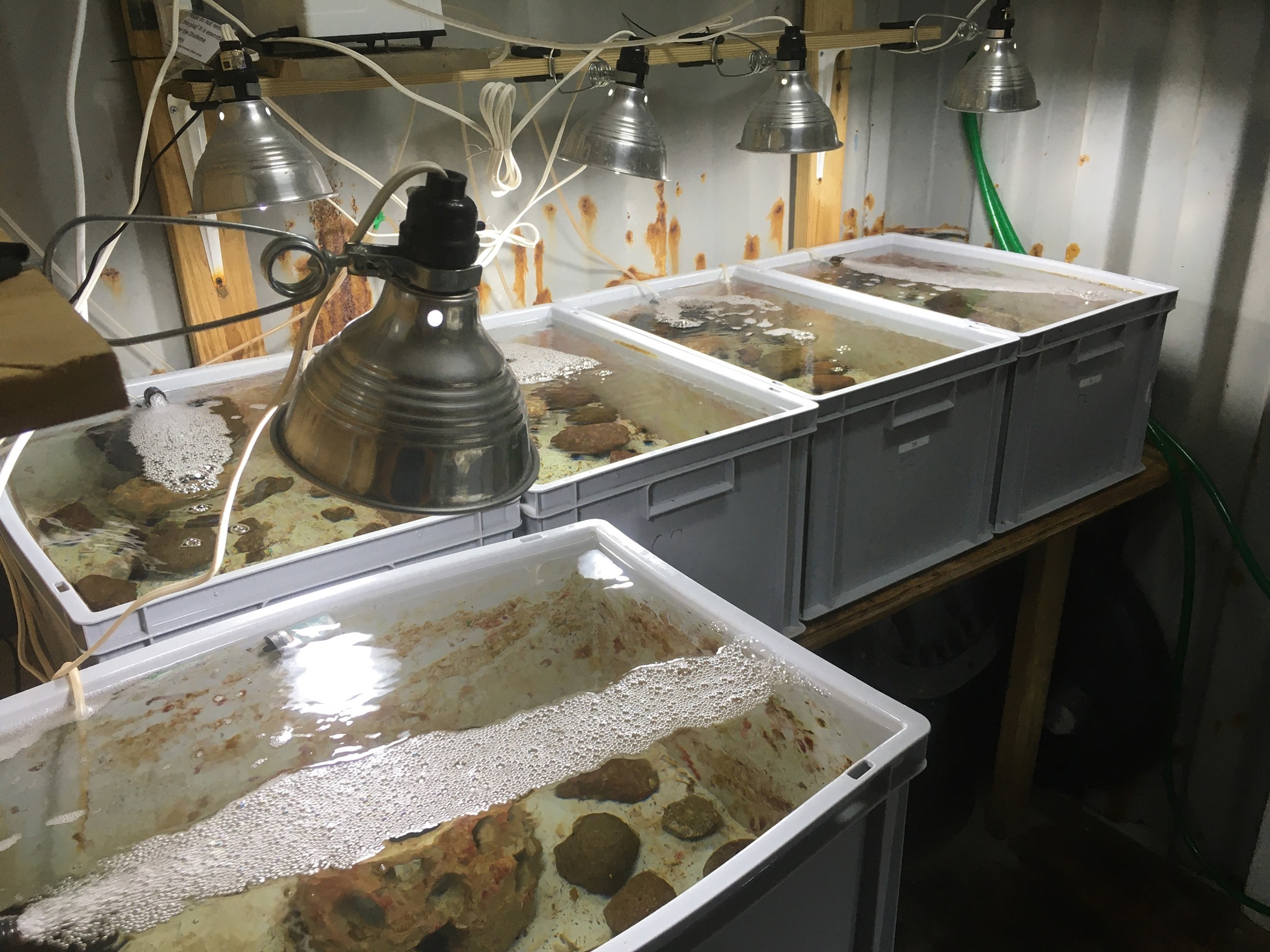
Project Diadema
The Diadema project aims to restore long spined sea urchin populations on the coral reefs around Saba and St. Eustatius. Long spined sea urchins were the most important herbivores on Caribbean coral reefs. In 1983, more than 95% of the sea urchins died, due to an unknown disease. Without the grazing of the sea urchins, the algae increased in abundance, smothering adult corals, and inhibiting the settlement of juvenile corals. As a result, the reef became covered with algae instead of corals. Nowadays, more than 35 years after the die-off, long spined sea urchins are still very rare. They are sometimes abundant in shallow waters, such as harbors, but are seldom seen on the deeper coral reef.
Restoring the sea-urchin populations will remove the overgrowing algae and will make the reefs more resilient to the other threats they face. To do this, VHL University of Applied Sciences (VHL), STENAPA, Saba Conservation Foundation, Wageningen Marine Research, Wageningen University, Caribbean Netherlands Science Institute, University of Applied Sciences HZ, ISER Caribe, Wortel Product Design and Golden Rock Dive Center work together in the RAAK PRO Diadema project. The project is partly funded by the Dutch Organization for Scientific Research (NWO) and will run from 2019 till 2023.

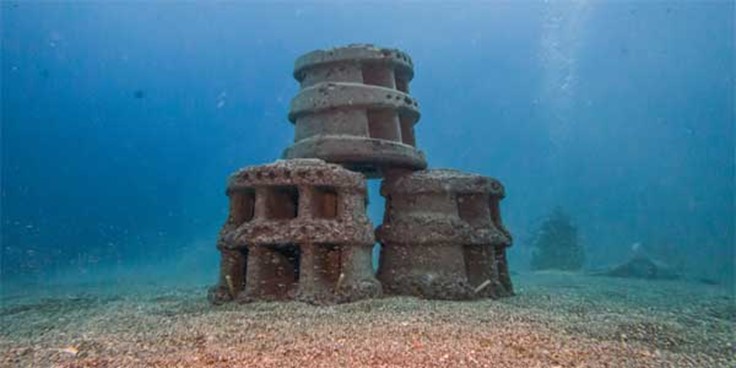
Artificial Reef Project
VHL University of Applied Sciences (VHL), STENAPA, SCF, Wageningen Marine Research, CNSI and Golden Rock Dive Centre are working on nature restoration in the AROSSTA (Artificial Reefs on Saba and Statia) project by deploying artificial reefs. The coral reefs of the Caribbean Dutch islands of St. Eustatius and Saba are of great ecological and economic importance. However, the quality of this ecosystem has deteriorated considerably over the last few decades. The proportion of three-dimensional structure on the reef has declined due to an accumulation of threats. Key species of herbivore such as the sea urchin have disappeared due to a lack of hiding places. The result is that the reef is overgrown with algae, which pose an obstacle to the growth of new coral, preventing the restoration of the reef; the ecosystem is stuck in a downward spiral. Local nature management organizations STENAPA and SFS want to deploy artificial reefs to restore the ecosystem by means of “Building with Nature”.
Artificial reefs ensure an increase in three-dimensional structure. They are used more and more on a worldwide scale, but their effectiveness greatly depends on the extent to which local circumstances and objectives have been considered. If the reefs function properly, key species will be able to recover, and it will be possible for coral to form. Nature management organizations want to know how artificial reefs can optimally contribute to the restoration of the coral reef ecosystem at St. Eustatius and on the Saba bank.

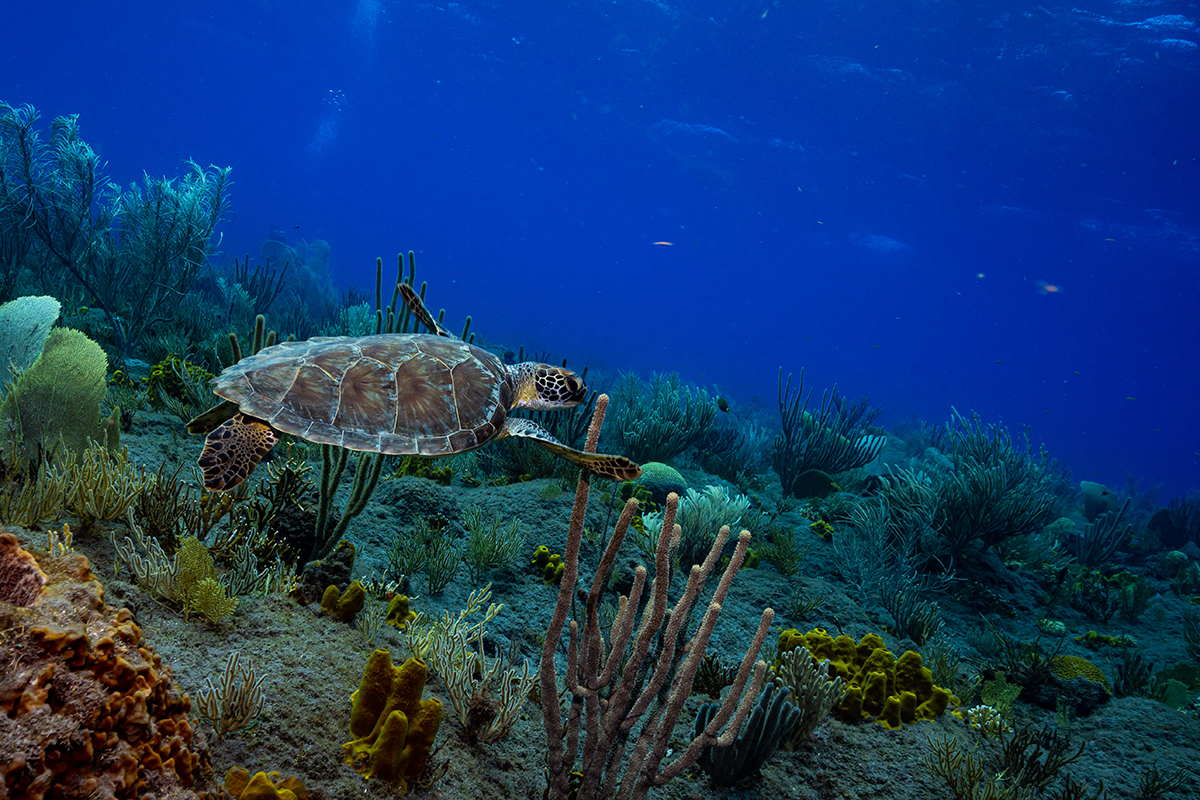
Saba & Saba Bank Hope Spot
The prestigious international marine conservation organization, Mission Blue, recently declared Saba and the Saba Bank a Hope Spot in recognition of the ongoing efforts to ensure long-term sustainability and health for the island’s waters. Saba is the first Hope Spot in the Dutch Caribbean.
The Saba Sea & Learn Foundation submitted the request for Saba and the Saba Bank in July last year, and recently the foundation was informed that Mission Blue, led by legendary oceanographer Dr. Sylvia Earle, was declared a Hope Spot. Hope Spots are special places that are scientifically identified as critical to the health of the ocean.
Kai Wulf, Executive Director of the Saba Conservation Foundation (“SCF”) describes some of the marine life in Saba’s waters, “The Saba Bank is a biodiversity “hotspot” in the Caribbean, providing critical habitat for sea turtle species, more than 200 species of fish, a breeding ground for numerous shark species, including large tiger sharks, migratory humpback whales and vulnerable seabird species, specifically Red-billed tropicbirds, and Audubon’s shearwaters.”

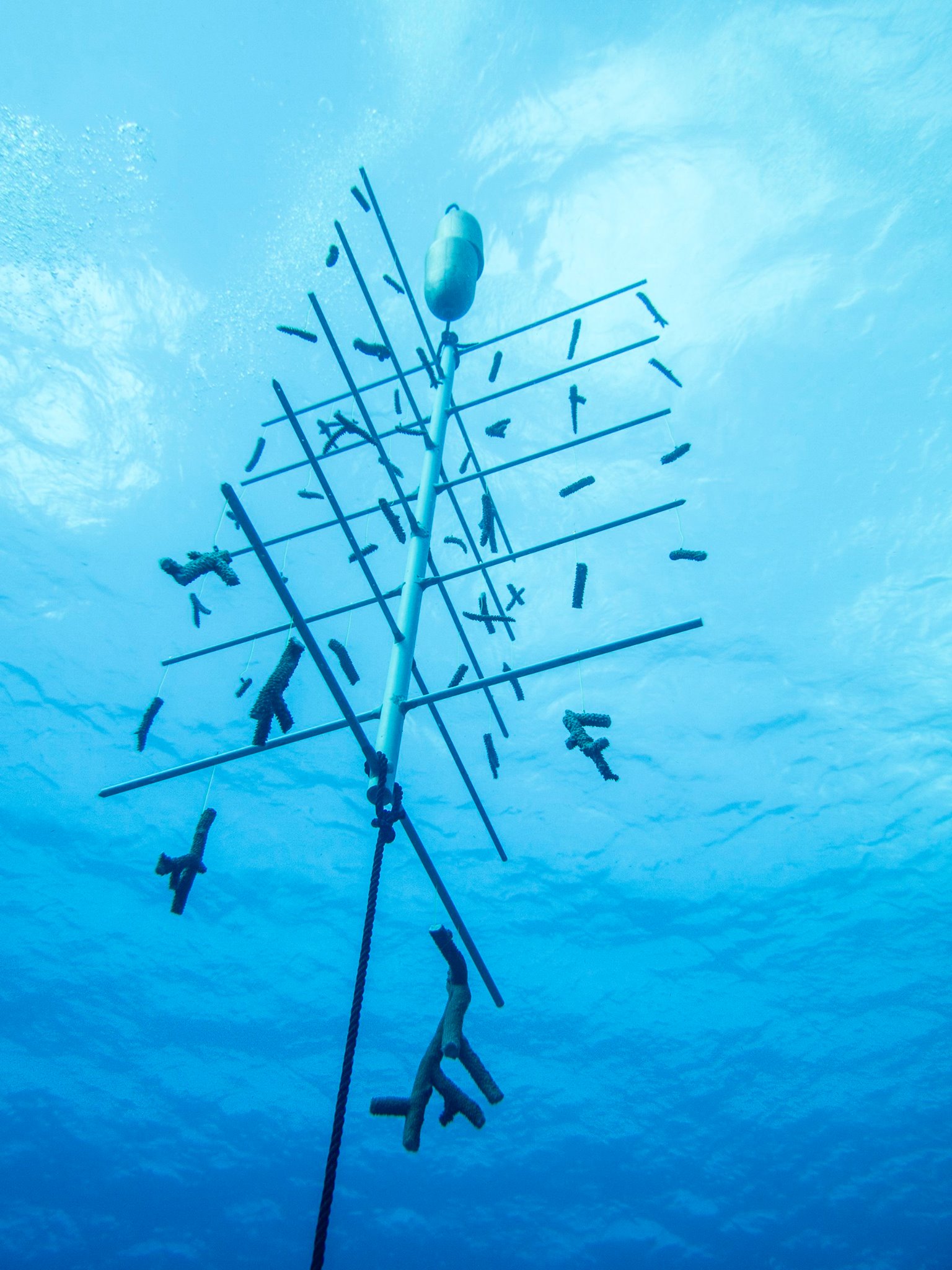
Coral Nursery
Spanning 5 square miles, Saba boasts the largest submerged atoll in the Atlantic Ocean, the Saba Bank, teeming with extraordinary marine life. Saba’s National Marine Park, established in 1987, safeguards the vibrant coral reefs and marine ecosystems, crucial for the island’s nature-oriented tourism contributing 27% to its economy. However, the park has faced significant coral decline mainly due to Stony Coral Tissue Loss Disease (SCTLD) and climate change. This has impacted tourism, fishing, and biodiversity.
To combat this decline, the Saba Conservation Foundation (SCF), a dedicated non-profit, leads efforts to rehabilitate the coral reefs. Their Coral Nursery project nurtures and transplants corals, and the SCF collaborates with various stakeholders, fostering youth leadership and sustainable tourism. While progress has been made, the SCF emphasizes the need for continuous funding and capacity expansion to realize its ambitious plans, restoring Saba’s coral ecosystems to their former glory.

Coral Nursery Video

